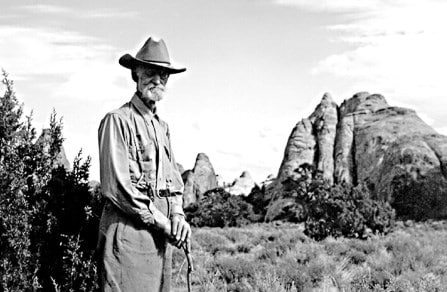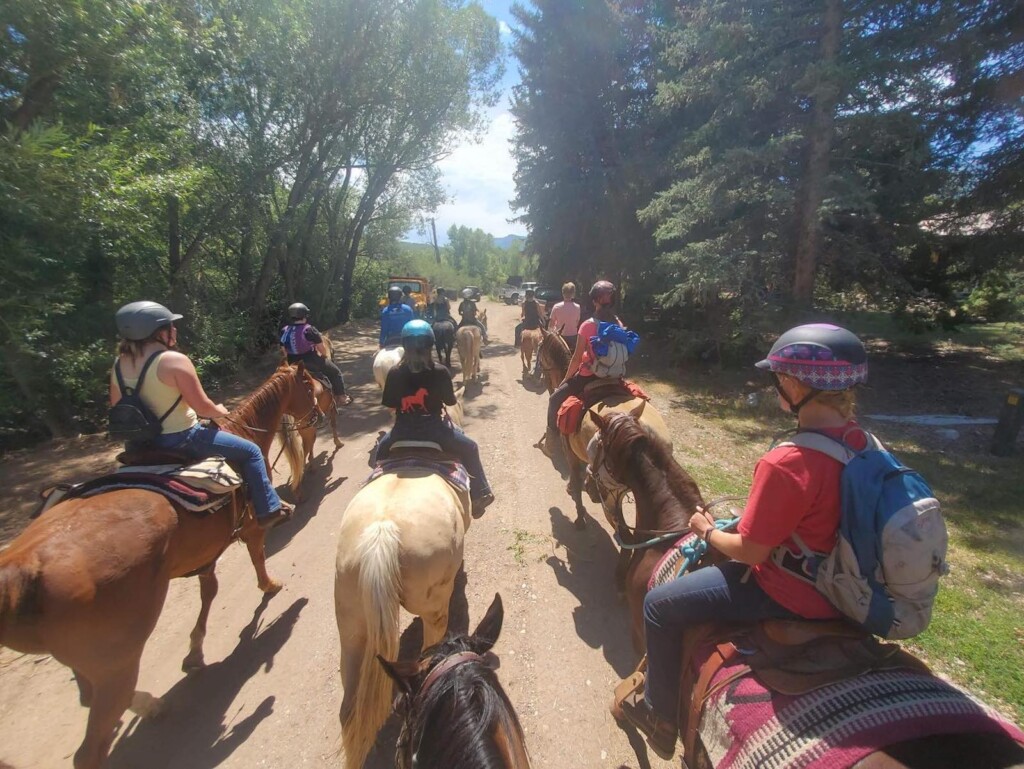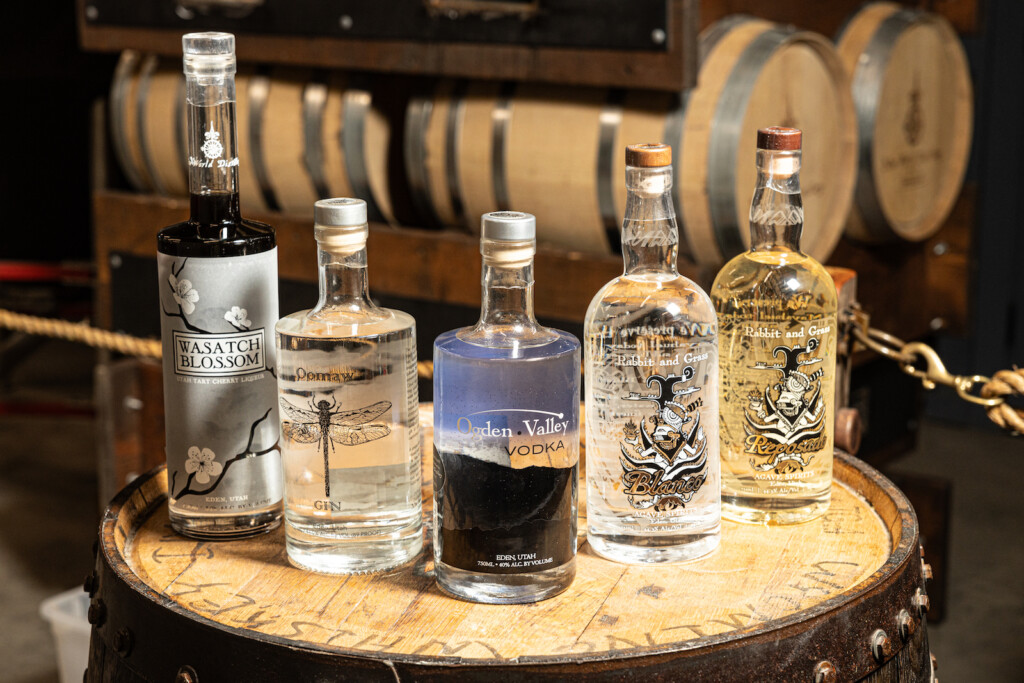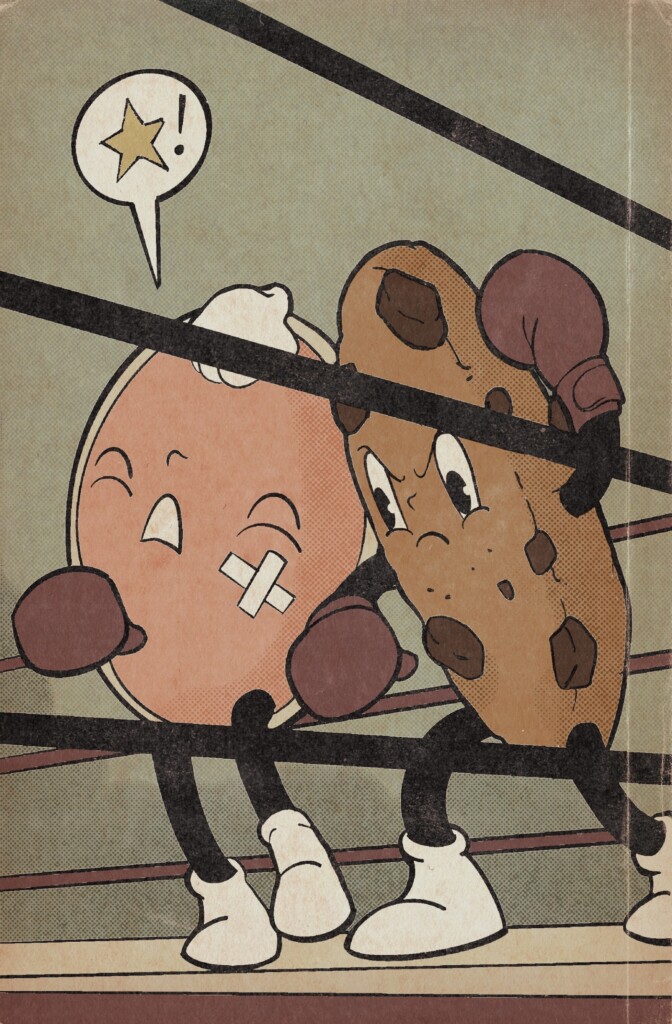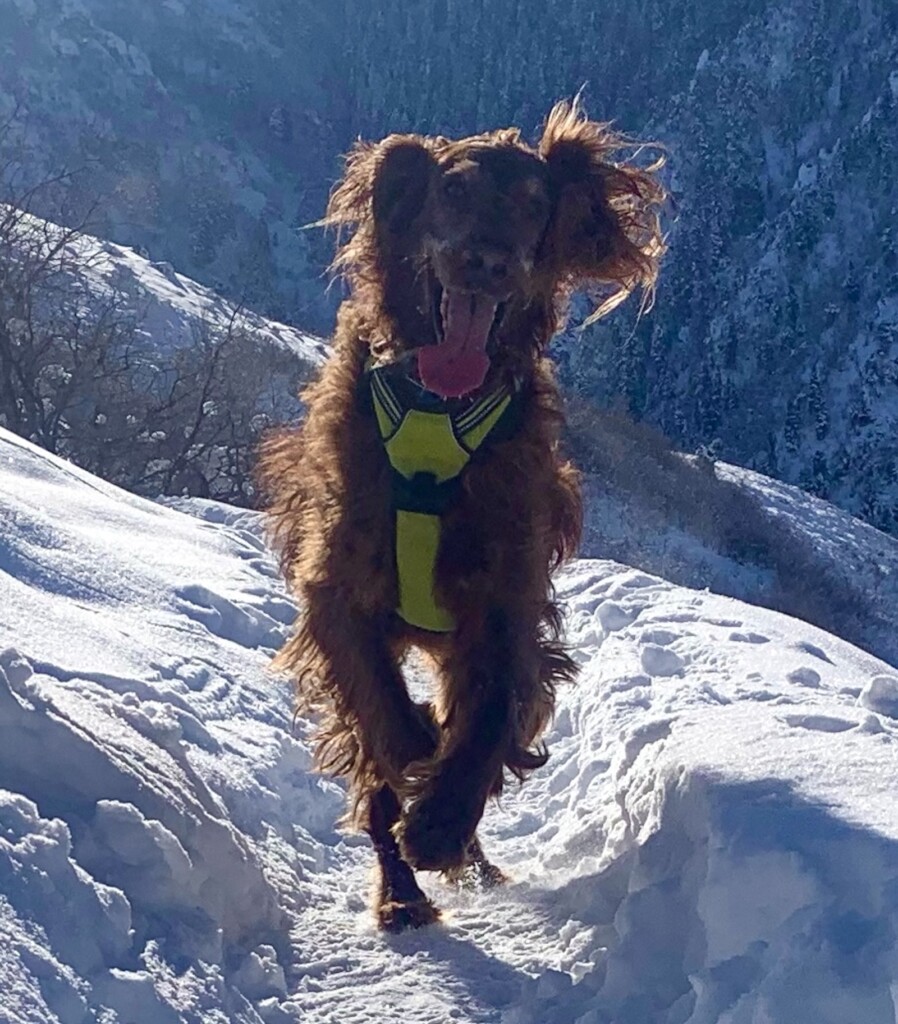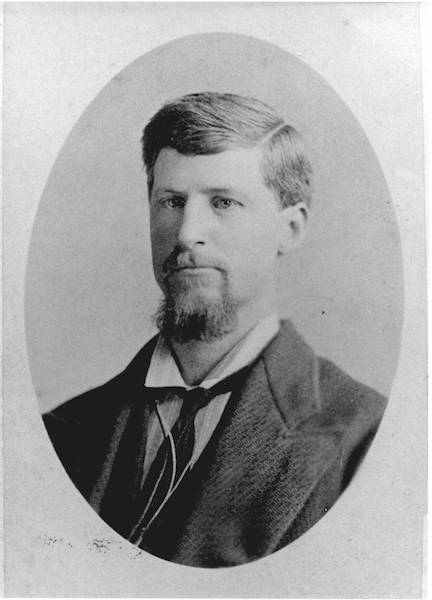
In 1896, Moab was a small town of 400 or 500 people, mostly ranchers, farmers, and miners, with no doctor. Grand County Commissioners at the time created a new position of County Health Officer for a salary of $150 a year, which was accepted by a man named John W. Williams, later known locally as “Doc” Williams.
Williams served the community for more than 20 years, continuing to give medical care to his friends even after his retirement in 1919. One of his first patients in the area, a sick infant, went on to become an English teacher to Williams’ own children. But his legacy is much broader than medicine alone. Williams was a cowboy, a boatsman, a rancher, a farmer, a community activist, and a promoter of Arches National Park as a beautiful natural tourist attraction.
Stories about Williams are preserved in a personal history written by his son, Mitch Williams, and archived by the Moab Museum, as well as in the living memories of his grandson, John L. Williams, who resides in Moab and owns Navtec Expeditions, a local tour company.
John L. Williams has a favorite story about his grandfather ― one that highlights the horsemanship and adventurous spirit that defined him as much as his medical skill.
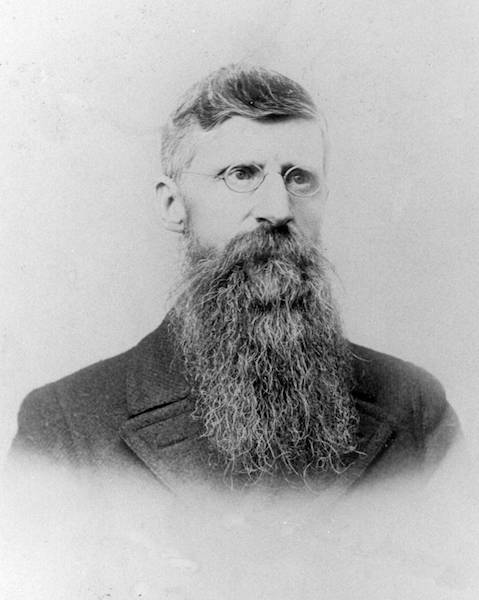
“The Robbers’ Roost gang, Butch Cassidy and the Wild Bunch, they came into Moab one day, and one of their buddies had a bullet in him.” John L. Williams recounted the story as he had heard it repeated throughout his life. Doc Williams spent the day removing the bullet and treating the wounded man. Afterward the gang left town, and the doctor went home where he noticed that his favorite mare was missing.
“He knew those guys had stolen her because he knew how they were, and he knew they were holed up in Robbers’ Roost on the other side of the Green River,” said John L. Williams. Doc Williams, according to family lore, wasted no time, but saddled up another of his horses and started the arduous ride over rugged canyon country toward the outlaws’ hideout.
The route from Moab to Robbers’ Roost area now follows paved roads nearly all the way, circling the cliffs and canyons of Canyonlands National Park, with bridge crossings over the Green and Colorado rivers. Doc Williams, however, rode horseback through the canyon country, down Mineral Bottom, and forded the Green River.
“There were no roads out there in those days, just a few cow trails here and there,” said John L. Williams. “You definitely had to know where you were going, and he did, because he rode all over this country.” Doc Williams was used to taking rough routes on horseback to reach his patients, who sometimes farmed, ranched, or mined in remote places. He carried his medical supplies in leather saddlebags specially designed for the purpose.
When Doc Williams reached Robbers’ Roost, the bandits were circled around a campfire. The doctor went straight to the horse corral, retrieved his mare, and rode back home again. No one said a word.
Doc Williams kept a cattle ranch that was best reached by boat, and raised feed for his livestock. He was active in local politics. He ran a drugstore, and later a general store, and was a key agent in persuading President Hoover to establish Arches as a national monument, as well as in promoting the area to tourists interested in experiencing the natural wonders of Moab. According to his grandson, he regularly spent days hiking in the Arches area throughout his 80s.
John L. Williams was only nine years old when his grandfather died, and so his direct memories of the local legend give a different view of the rough-riding, river-running, outlaw-facing community pillar.
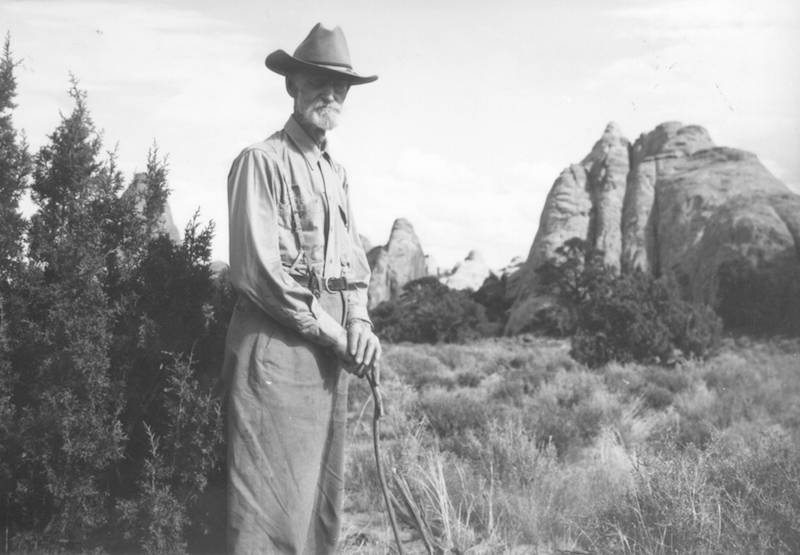
“I used to go to the post office with him every day because it was hard for him to read the letters on the post office box,” John L. Williams recalled. At the time, post offices boxes were secured with a coded lock, and owners had to enter the lettered code to retrieve the mail. “I’d open the post office box for him. I thought that was pretty big stuff,” said John L. Williams.
Doc Williams passed away shortly after his 103rd birthday in 1953. A few years earlier, in an article acknowledging his 100th birthday, a local paper asked Doc Williams what it was that contributed to his longevity. He said he wasn’t sure, but advised that, “The main thing is to live to make friends and to grant their requests if you can ― especially if they ask you to have a drink.”
Subscribe to Utah Stories weekly newsletter and get our stories directly to your inbox

